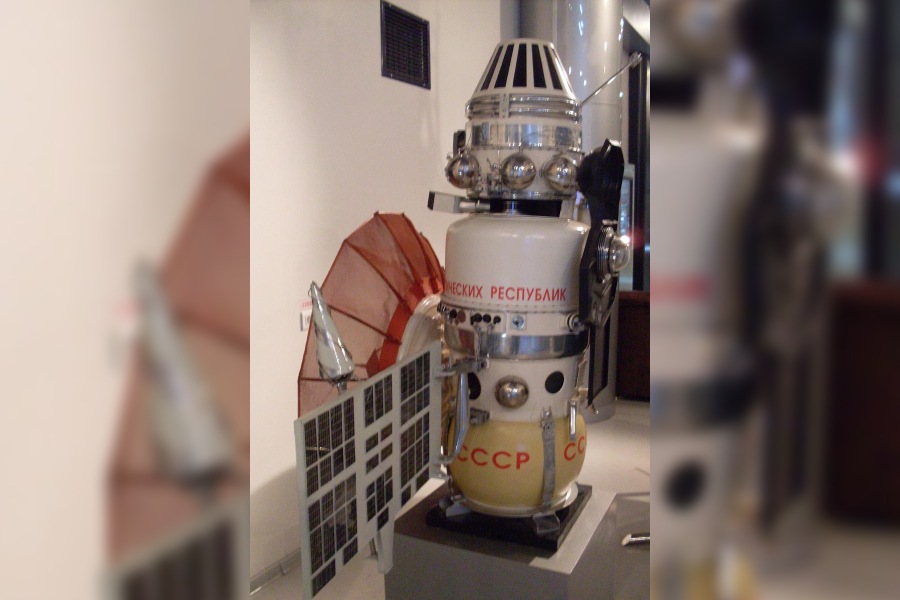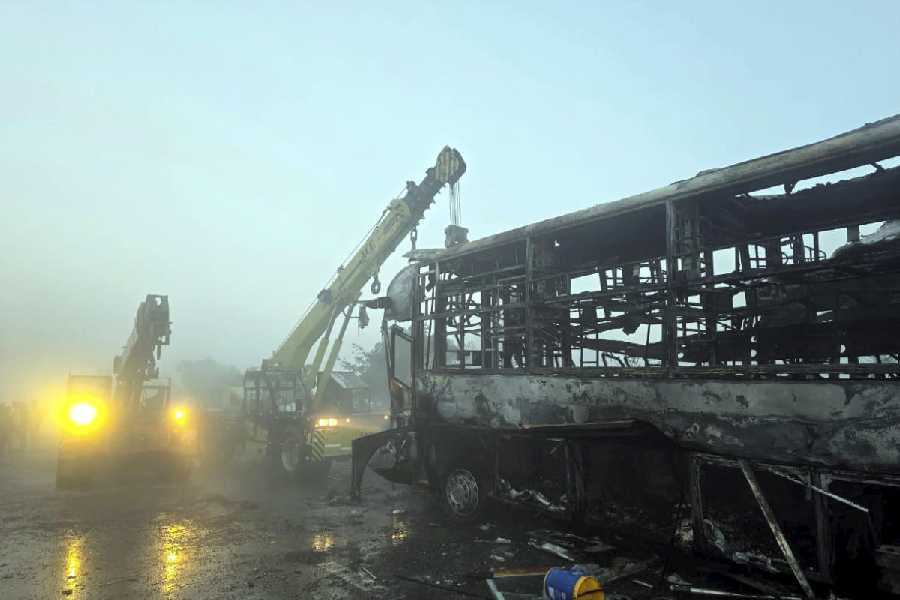A robotic Soviet spacecraft has been adrift in space for 53 years. It will return to Earth later this week.
Kosmos-482 was launched in March 1972. If all had gone well, it would have landed on the sweltering surface of Venus and become the ninth of the uncrewed Soviet Venera missions to the planet. Instead, a rocket malfunction left it stranded in Earth orbit. Kosmos-482 has been slowly spiraling back toward our world ever since.
“It’s this artifact that was meant to go to Venus 50 years ago and was lost and forgotten for half a century,” said Jonathan McDowell, an astronomer at the Harvard & Smithsonian Center for Astrophysics who maintains a public catalogue of objects in space. “And now it’s going to get its moment in atmospheric entry — albeit on the wrong planet.”
Cloaked in a protective heat shield, the spacecraft, weighing roughly 476 kg, was designed to survive its plunge through the toxic Venusian atmosphere. That means there’s a good chance it will survive its dive through this one, and could make it to the surface at least partly intact.
Still, the risk of any injuries on the ground is low.
“I’m not worried — I’m not telling all my friends to go to the basement for this,” said Darren McKnight, senior technical fellow at LeoLabs, a company that tracks objects in orbit and monitors Kosmos-482 six times a day. “Usually about once a week we have a large object re-enter Earth’s atmosphere where some remnants of it will survive to the ground.”
When will Kosmos-482 come back to Earth? Estimates change daily, but the predicted days of re-entry are currently Friday or Saturday. The New York Times will provide updated estimates as they are revised.
One calculation of the window by the Aerospace Corporation, a federally supported nonprofit that tracks space debris, suggests 12.42 am Eastern time on May 10, plus or minus 19 hours.
Marco Langbroek, a scientist and satellite tracker at Delft University of Technology in the Netherlands who has tracked Kosmos-482 for years, puts the estimate closer to 4.37 am Eastern on May 10, plus or minus a day. Where will it land? No one knows. “And we won’t know until after the fact,” Dr McDowell said.
That’s because Kosmos-482 is hurtling through space at more than 17,000 miles an hour, and it will be going that fast until atmospheric friction pumps the brakes. So getting the timing wrong by even a half-hour means the spacecraft re-enters more than half a world away, in a different spot.
What’s known is that Kosmos-482’s orbit places it between 52° north latitude and 52° south latitude, which covers Africa, Australia, most of the Americas and much of south- and mid-latitude Europe and Asia.
“There are three things that can happen when something re-enters: a splash, a thud or an ouch,” Dr McKnight said. “A splash is really good,” he said, and may be most likely because so much of Earth is covered in oceans. He said the hope was to avoid the “thud” or the “ouch”.
Will the spacecraft survive impact? Assuming Kosmos-482 survives re-entry — as long as its heat shield is intact — the spacecraft will be going around 241 kmph, when it smashes into whatever it smashes into, Dr Langbroek calculated.










